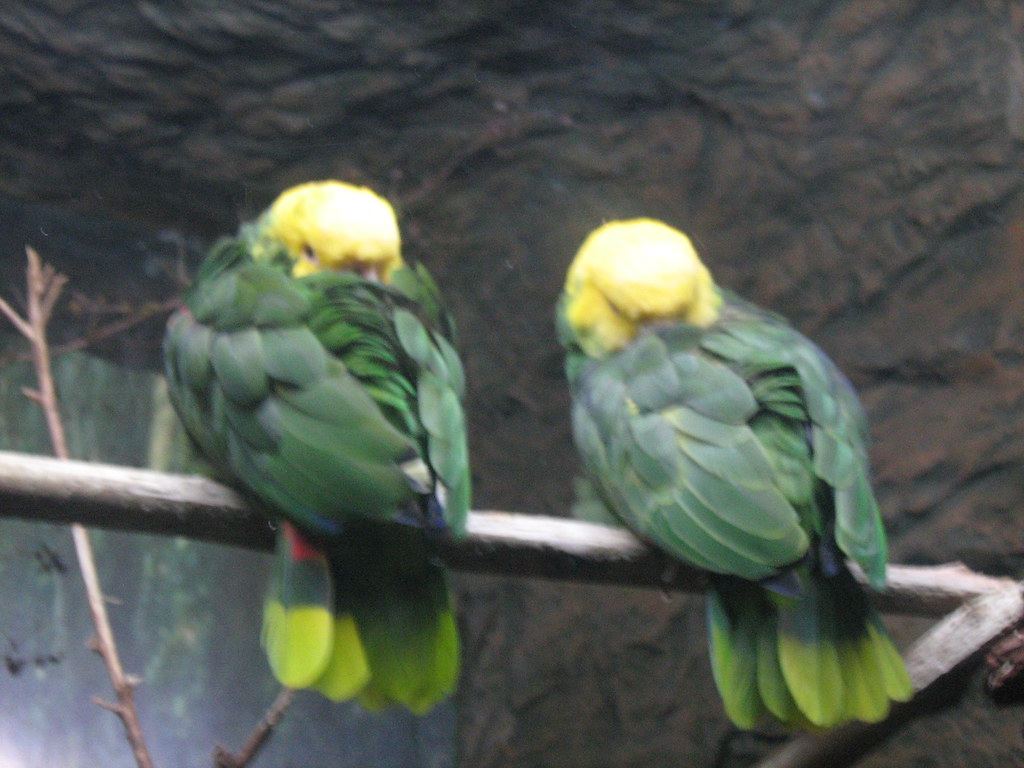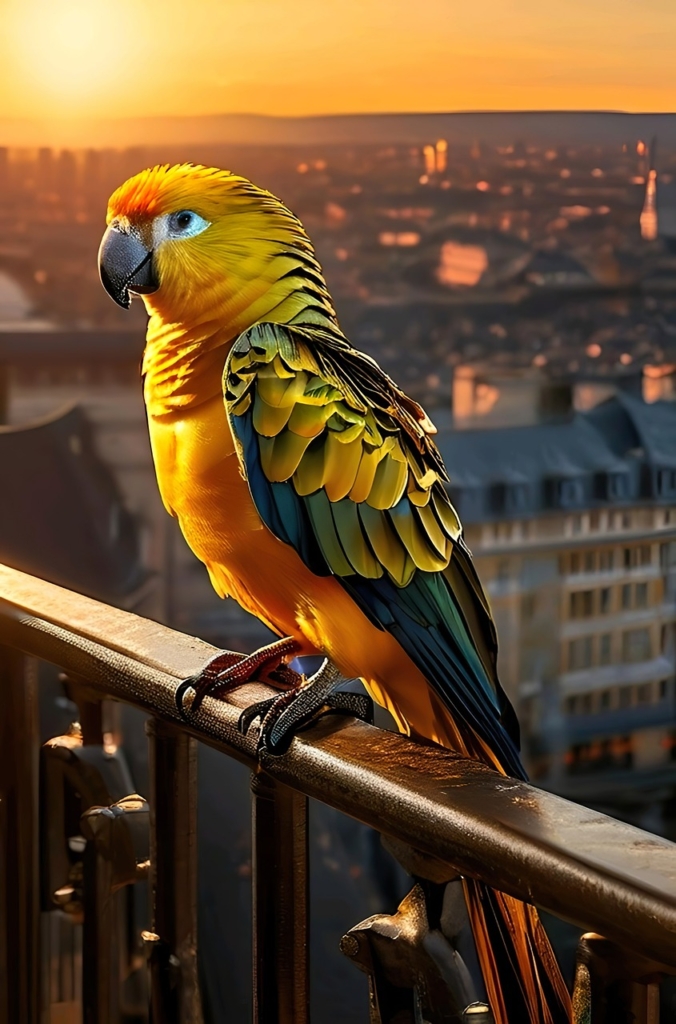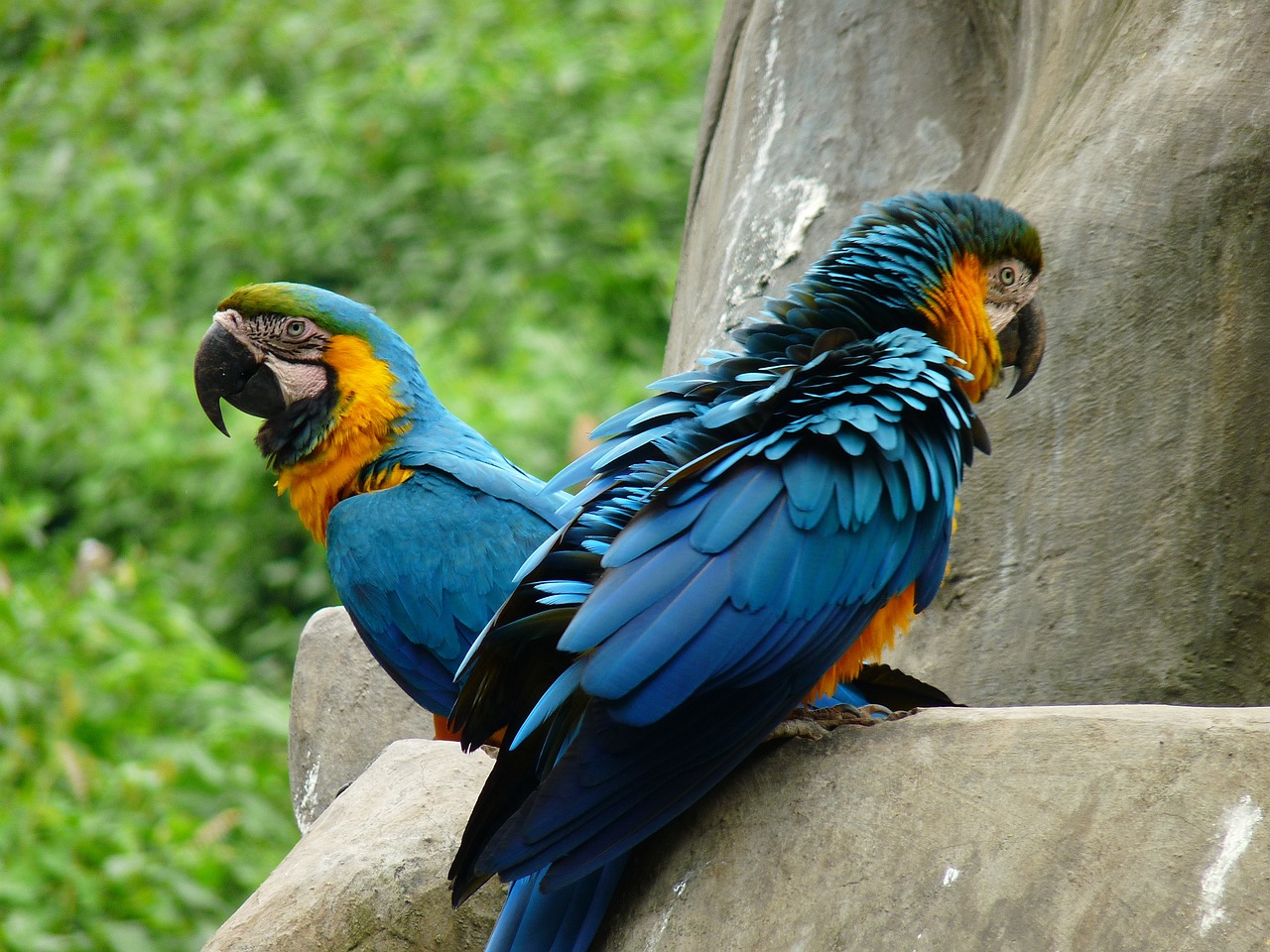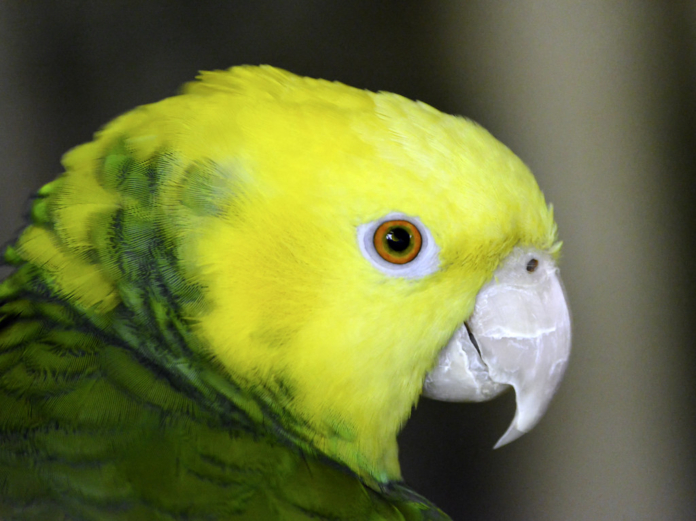Yellow-Headed Amazon parrots in Stuttgart
The article Stuttgart parrots! – BrooklynParrots.com brings to light the fascinating story of the Yellow-Headed Amazon parrots now found in Stuttgart, Germany. It’s quite a tale, considering these parrots are originally from the rainforests of Central and South America. The author describes the unexpected urban sanctuary these vibrant birds have found in Stuttgart, exploring how these parrots have adapted to life far from their native habitats.
Imagine strolling through a chilly Stuttgart park in the heart of winter, and above you, perched in the trees, are brightly colored Yellow-Headed Amazon parrots. It’s a surreal sight, one that you might not expect in a German city. These birds, with their striking green feathers and the characteristic yellow head, stand out starkly against the often gray winter skies.
Why Stuttgart?
The origins of this parrot colony are shrouded in mystery, full of anecdotes and speculations. Some believe they escaped from the zoo; others think they might have been released by pet owners who couldn’t care for them anymore. Regardless, they’ve made Stuttgart their home, surviving and even thriving in an environment that’s drastically different from their native tropical habitats. This adaptation showcases their resilience and adds an unexpected vibrancy to the urban landscape.
“These parrots bring a surprising splash of color and a touch of the exotic to Stuttgart’s parks. It’s heartening to see how they’ve carved out a niche for themselves so far from home.” – Stuttgart parrots! – BrooklynParrots.com
Adapting to winter conditions must have been quite the challenge for these tropical birds. I recall a particularly cold winter in Berlin when even the pigeons seemed to huddle closer together for warmth. But these parrots are tough. Using their intelligence and strong communal bonds, they’ve learned to find food and shelter, turning the city’s parks and gardens into their year-round sanctuary.
Challenges and Observations
The presence of these parrots in Stuttgart raises several interesting questions and thoughts. How do they manage in such a different environment? What role does the community play in supporting their survival? Have these parrots changed the local ecosystem in any noticeable way?
In other words, these birds demonstrate how wildlife can adapt and thrive in urban environments, presenting opportunities for conservation efforts in unexpected locations.
| Fact | Detail |
|---|---|
| Species | Yellow-Headed Amazon Parrot |
| Native Habitat | Central and South American Rainforests |
| Current Habitat | Urban area of Stuttgart, Germany |
| Estimated Population | 50 |
| Adaptation Strategies | Cold weather tolerance, foraging in urban parks, nesting in tree cavities |
The article Stuttgart parrots! – BrooklynParrots.com emphasizes the astonishing beauty of wildlife even in city environments and highlights the ongoing inquiries regarding the survival of these remarkable birds. The parrots’ endurance in Stuttgart contributes to wonderment and efforts for their preservation, showcasing nature’s enduring strength and adaptability.

Conservation efforts and urban survival

The conservation efforts for the Yellow-Headed Amazon parrots in Stuttgart are an inspiring example of how a community can collaborate to ensure the survival and thriving of these exotic visitors in their urban habitat. The residents and local authorities have taken various steps to create a harmonious coexistence with these parrots, providing them with food sources and safe nesting spots.
One such initiative is the installation of specially designed nest boxes in parks and gardens where the parrots are known to frequent. These boxes replicate the natural tree cavities in their rainforest habitat, offering them a secure environment for raising their young. The help of local birdwatchers also contributes to monitoring the population and health of the flock, providing valuable data to conservationists.
The harsh winters in Stuttgart pose a significant challenge for these tropical birds; however, the community has created creative solutions by setting up feeding stations stocked with high-energy foods to help them maintain their body heat. This collective effort serves as a lifeline for the parrots during these cold months, highlighting how humans and wildlife can work together for mutual benefit.
Educational programs to raise citizens’ awareness of the importance of conservation efforts have played an integral role in promoting long-term survival. Schools, wildlife organizations, and even casual birdwatching groups have all contributed to spreading information about this unique situation, demonstrating how a well-informed citizenry can make a difference.
These parrots have become symbols of how humans and nature can coexist harmoniously in urban settings, showcasing what is possible when people join forces to preserve and protect biodiversity even in unexpected places. Their success story serves as an encouraging model for other cities looking to embrace urban wildlife conservation, instilling hope and optimism for the future.
For a more detailed look into the story of the Stuttgart parrots, visit the full article at Stuttgart Parrots! – BrooklynParrots.com.

